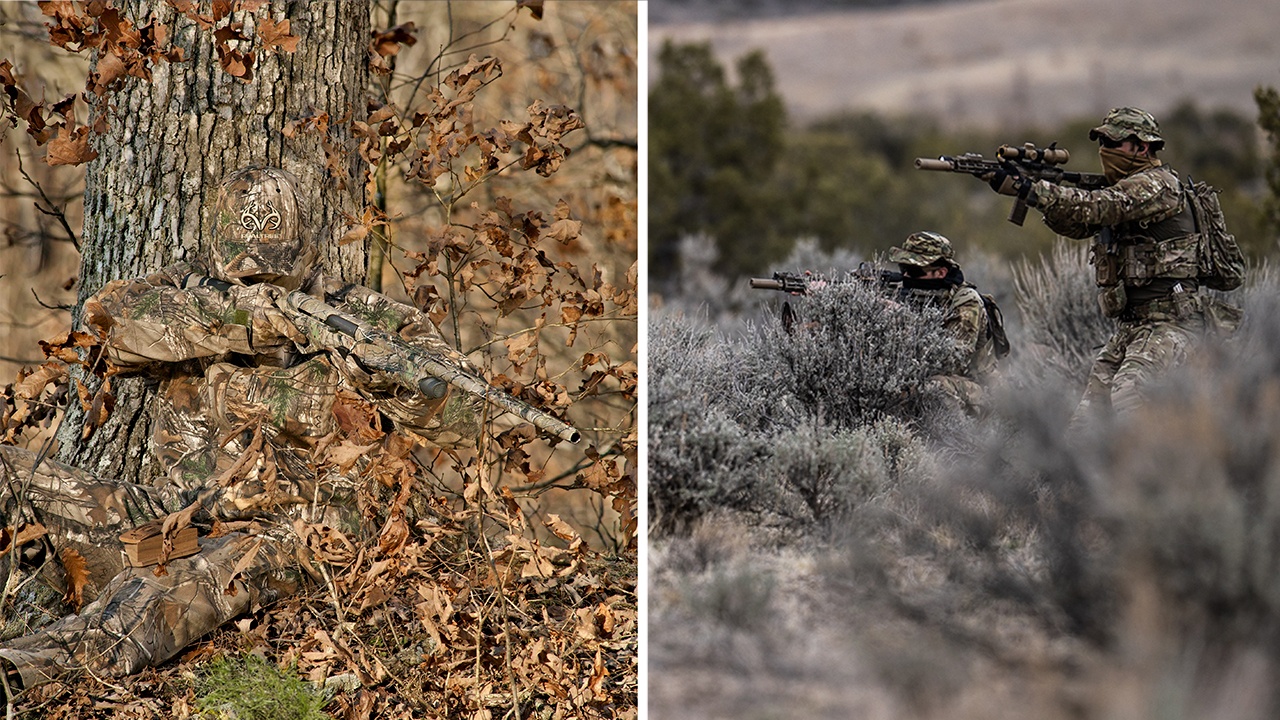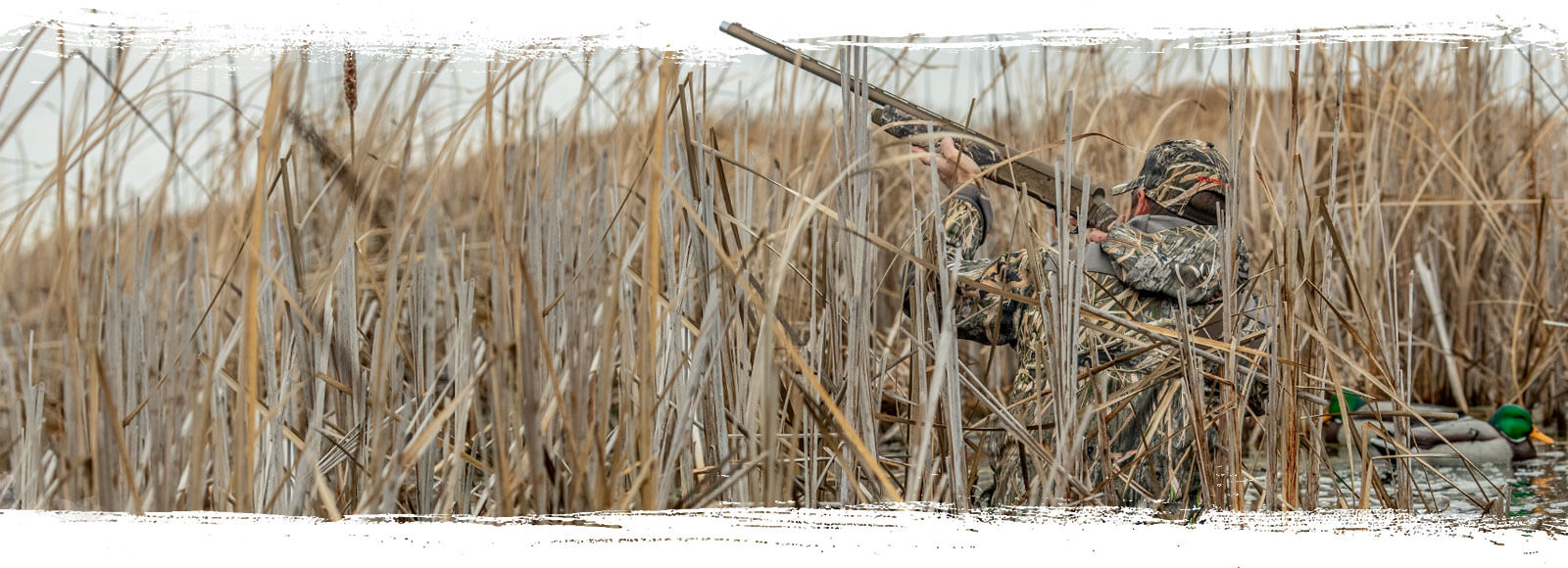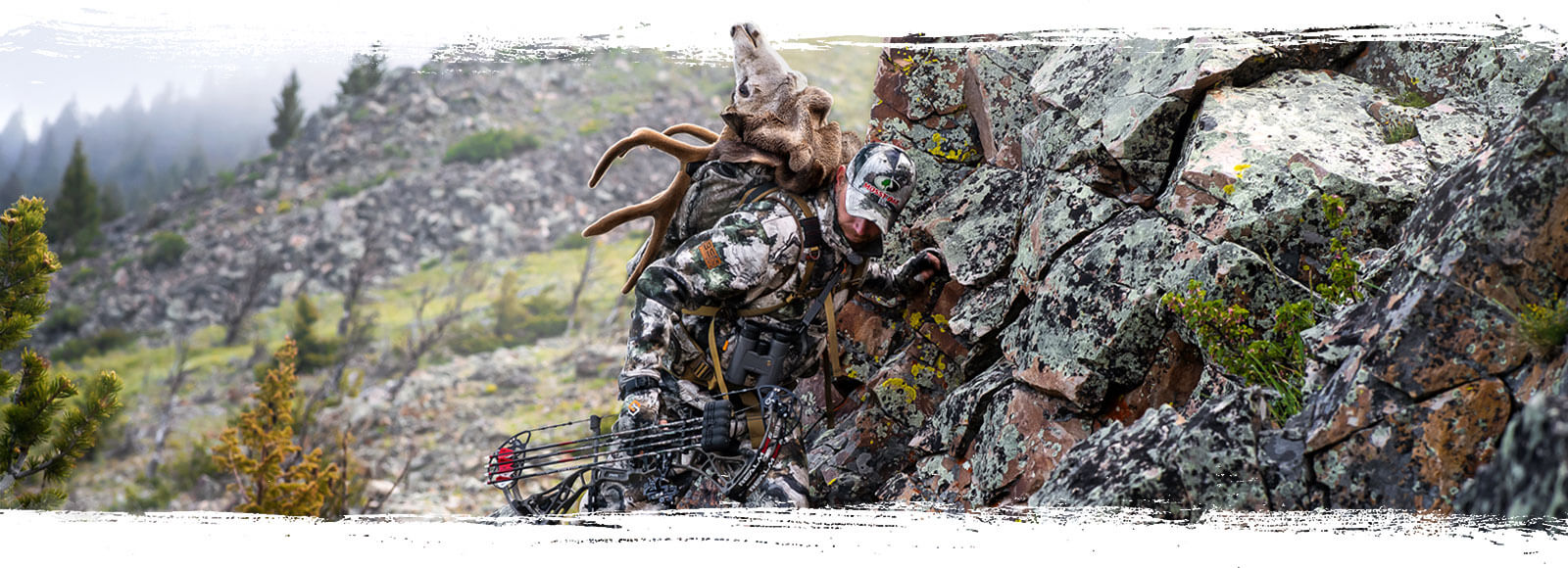Camouflage for Outdoor Recreation
A number of factors come into play when considering the use and selection of camouflage for outdoor recreational pursuits such as hunting or wildlife photography. These factors include but are not limited to the following:
1. Terrain
2. Season
3. Weather
4. Game pursued
5. Method of take
6. Interactive distance
7. Regulatory
8. Who else is out there?
9. Budget
1. Terrain
Terrain refers to a tract of land and specifically to its physical features.
Common hunting terrain includes:
- Woodlands
- Brush
- Marsh/Wetlands
- Grassland
- Plains
- Prairie
- Farmland
An effective camouflage system needs to consider the terrain.
2. Season
Season refers to the period of the year and specifically the characteristics (e.g., climate) of the season.
- Summer
- Fall
- Winter
- Spring
An effective camouflage system needs to consider the season and the general climate and conditions associated with the season. For example, an area with lots of deciduous trees may be green and heavily leafed in the summer and nearly leafless and snow-covered in the winter.
3. Weather
Weather refers to the state of the atmosphere with respect to wind, temperature, cloudiness, moisture, pressure, etc. at a particular point in time.
- Temperature
- Wind
- Cloud cover
- Precipitation (rain or snow)
An effective camouflage system needs to consider the weather. While seasons can generally be associated with climate, weather within a season can vary dramatically.
4. Game Pursued
Game pursued refers to the target species for the hunt.
- Deer
- Elk
- Bear
- Hogs
- Turkey
- Pheasant
- Quail
- Ducks
- Geese
An effective camouflage system needs to consider the species of game pursued.
5. Method of Take
Method of Take refers to the implement used to harvest the game being pursued.
- Rifle
- Pistol
- Muzzleloader
- Archery
- Spear
- Knife
- Trap
An effective camouflage system needs to consider the proposed Method of Take.
6. Interactive Distance
Interactive Distance refers to the distance between the hunter and the target species during spotting, stalking, and the harvest.
- Direct contact: hunter and target species are in physical contact
- Very short distance: hunter and target species are ~1 yard to 25 yards apart
- Short distance: hunter and target species are ~26 yards to 50 yards apart
- Medium distance: hunter and target species are 51 yards to 100 yards apart
- Distant: hunter and target species are 101 yards to 200 yards apart
- Long Distance: hunter and target species are 201 yards to 300 yards apart
- Very Long Distance: hunter and target species are 301 yards or further apart
An effective camouflage system needs to consider the distance between the hunter and the target species during spotting, stalking, and the harvest.
7. Regulatory
Regulatory refers to the laws, regulations, and rules that may govern the taking of game.
- Blaze orange requirements
- Blaze orange coverage percentage
- Blaze orange position
- License visibility requirements
An effective camouflage system needs to consider regulatory requirements applicable to the hunt.
8. Who else is out there?
"Who else is out there?" refers to the possible proximity of other hunters, landusers, recreationists, workers, and residents.
- Hunting inside a large private landholding with access control
- Hunting inside a large private landholding with little or no access control
- Hunting inside a large private landholding with other users known to be on site
- Hunting public property
An effective camouflage system needs to consider the proximity of other hunters in particular, but also land users, recreationists, workers, and residents.
9. Budget
Budget refers to how much, if anything, one is able to devote to the purchase or making of camouflage.
- No budget.
- Low budget, <=$125
- Medium budget, <=$250
- HIgh budget, <=$500
- Very High budget, >=$500
An effective camouflage system needs to consider the budget of the hunter. Keep in mind that some hunters may need multiple sets of camouflage gear. The budget ranges above are per a single set of camouflage.
Word of Advice: Don't let the cost of camouflage jeopardize a hunt. Camouflage is just one factor in the success of a hunt. Having a suitable firearm, optic, binoculars, ammunition, boots, and spotting and stalking skills are likely going to be more important than camouflage. Remember, that blacktail deer out there at 100 yards does not care if you spent a bunch of money on camouflage...if it sees your movement, camo or no camo, it will likely bolt.


































